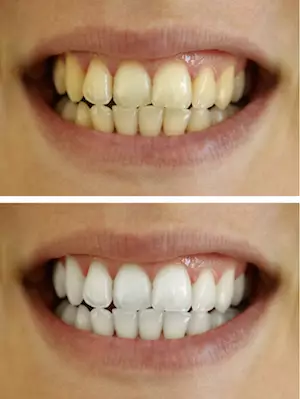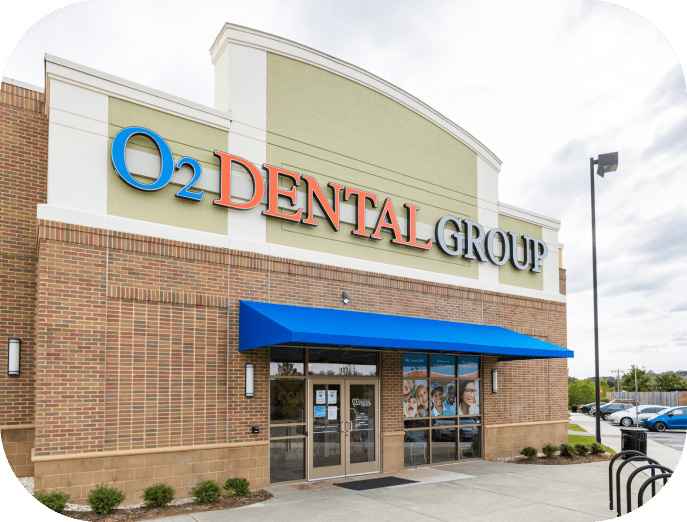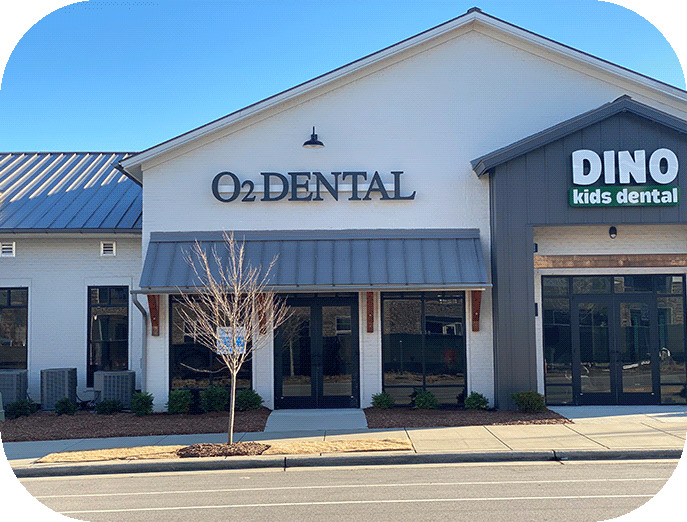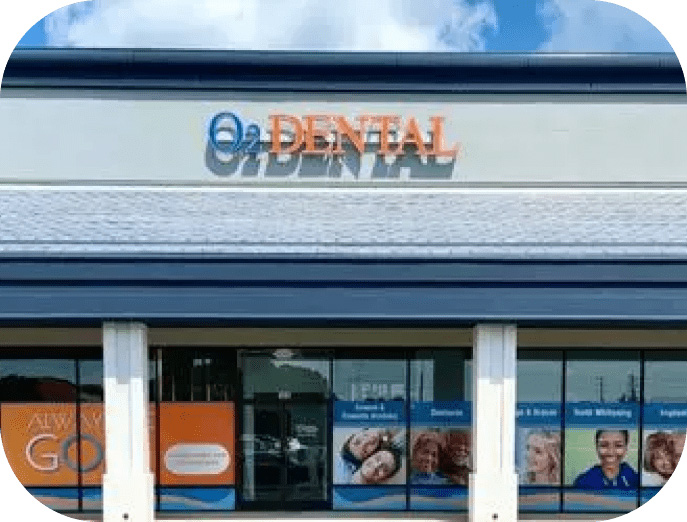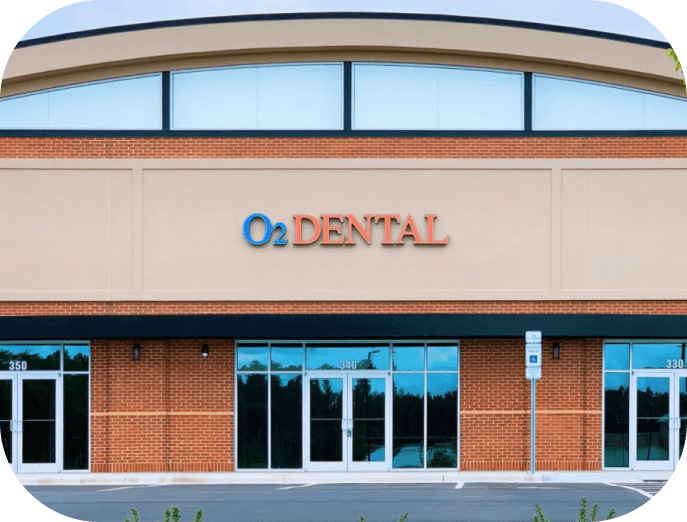A bright and radiant smile is a symbol of confidence.
The perfect pearly, white teeth set can light up a room and leave a lasting impression. However, factors like tea, coffee, smoking, or simply the natural aging process can stain the teeth, leaving them looking less than dazzling.
This is where Zoom teeth whitening makes a difference.
This dental cosmetic procedure is a game changer. It’s safe, effective, and a relatively quick process to achieve a dazzling smile. Let’s explore how Zoom teeth whitening works, its benefits, and what you can expect during and after the procedure.
Understanding Zoom Teeth Whitening
Zoom teeth whitening is a professional, in-office dental procedure that quickly enhances the whiteness and brightness of teeth. It involves the application of high-strength hydrogen peroxide or carbamide peroxide whitening gel to the teeth, followed by its activation using a special Zoom light or laser.
Unlike at-home whitening kits that rely on self-administration, Zoom teeth whitening is administered by your dental team. Professional supervision ensures the procedure's safe and effective execution.
Zoom also delivers rapid whitening outcomes, achieving several shades of improvement in a single office visit. Conversely, at-home whitening kits require daily use over several days to achieve similar results.
Safety is another advantage of Zoom. Professional oversight reduces the risk of experiencing tooth sensitivity or other adverse effects. On the other hand, at-home kits may carry the risk of overuse or improper use of whitening agents.
The Procedure
Zoom teeth whitening is a simple but effective procedure. Here's a detailed description of the entire process, including the duration and number of sessions required for optimal results:
Consultation and Examination
Your dentist will begin by assessing your dental health to determine if Zoom teeth whitening is viable. They will examine your teeth for dental concerns like gum disease and cavities, which should be addressed before whitening.
Using a shade guide, your dentist will assess the color of your teeth and advise you on the results you can realistically expect. They will then create a personalized treatment plan based on the evaluation results.
Moreover, you can discuss any questions or concerns during the consultation. Before proceeding, your dentist will also ensure you understand the procedure's risks and benefits.
Preparation
Preparation for the teeth whitening procedure typically involves the following steps:
- Protective barrier placement: Your dentist will place a protective barrier made of soft, rubbery material over your lips and gums. This barrier is designed to shield your lips, gums, and sensitive mouth tissues from the whitening gel
- Cheek retractor placement: Next, your dentist will secure a cheek retractor in your mouth to ensure that your lips and cheeks don't come in contact with the whitening gel. A cheek retractor is a plastic or rubber device that gently pulls your cheeks away from your teeth. Apart from reducing the risk of irritation, the cheek retractor creates enough space for the dentist to access all your teeth.
- Liquid dam or protective resin: This step of the preparation process involves applying a liquid dam or protective resin to your gumline. The liquid dam is a specialized, flexible material that provides an extra layer of protection by isolating your gums from the whitening gel
Application of Whitening Gel
The whitening gel is responsible for removing stains and discoloration from teeth. Its active ingredients are usually hydrogen peroxide and carbamide peroxide. These compounds release oxygen molecules, which penetrate the enamel, breaking down the chemical bonds that cause staining and discoloration.
Your dentist will select the appropriate type of gel based on your specific needs, evaluation results, and the level of whitening you desire. They will then evenly apply the whitening gel to the front surfaces of the teeth using a customized brush to ensure uniform coverage.
Zoom Light Activation
Once the gel is applied, your dentist will activate the whitening process using a Zoom light. This high-intensity light accelerates the chemical reaction within the gel, allowing it to penetrate deeper into the enamel and effectively break down the stains.
While some variations of Zoom may use a single long session, in most cases, the Zoom teeth whitening process involves multiple short sessions, each lasting around 15 minutes. The dentist may reapply the whitening gel and activate it with the zoom light in each session to gradually achieve the desired level of whitening.
Post-Whitening Care
After the procedure is complete and the desired level of whitening is achieved, your dentist will carefully remove the whitening gel and protective materials from your mouth. They may apply a fluoride treatment to help strengthen the enamel and reduce tooth sensitivity.
They will also provide detailed instructions on maintaining your whitened teeth. These instructions may include dietary guidelines, oral health tips, and tooth sensitivity management.
Benefits of Zoom Teeth Whitening
Zoom teeth whitening offers several benefits, which is why it's a popular dental cosmetic procedure. Some of its key benefits include the following:
Rapid Results
A significant advantage of Zoom teeth whitening is its speed and effectiveness. Zoom can deliver noticeable improvements in one session, unlike at-home whitening methods that may require weeks of consistent application.
The rapid and dramatic transformation is particularly appealing if you’re seeking to enhance the appearance of your teeth for a special occasion, such as a wedding or job interview.
Removal of Deep Stains
Zoom whitening removes deep stains and discoloration that may not respond to at-home whitening methods or over-the-counter products. For example, tea and coffee contain pigments called tannins that bond to tooth enamel, resulting in noticeable discoloration.
These deep stains are challenging to remove with over-the-counter whitening products. However, the hydrogen peroxide or carbamide peroxide gel used in Zoom whitening effectively oxidizes and dissolves these stains.
Long-Lasting Results
Zoom teeth whitening can provide long-lasting results, especially with good oral hygiene. Personal habits also influence the durability of the whitening effects. For instance, it is best to limit or eliminate staining substances from your diet. Red wine, tobacco, tea, and coffee can contribute to discoloration.
Additionally, using products like whitening toothpaste and mouthwash can also aid in preserving zoom whitening results.
Customization
Customization is a crucial aspect of Zoom teeth whitening that ensures the safety and effectiveness of the procedure. For example, your dentist can customize the intensity of the Zoom whitening treatment based on your desired outcome. Your dental team can customize the number of treatment sessions to help you achieve your desired whiteness level.
Moreover, customization takes into account any dental restorations you may have. Since restorations like crowns and veneers won't respond to the whitening agents in the same way as natural teeth, your dentist will make the necessary adjustments to ensure your restorations match the final color of your natural teeth.
Safety
Unlike at-home whitening procedures, Zoom is performed by qualified dental professionals. This professional oversight makes it a safe and well-established procedure. Also, protective barriers minimize the risk of irritation or damage to the gums and soft tissues.
Dentists can customize the procedure to suit each patient's needs and oral health conditions. For example, they can adjust the duration of the treatment, and the number of sessions to minimize any potential side effects while still achieving the desired level of whitening.
Candidates for Zoom Teeth Whitening
Surface Stains
Zoom tooth whitening is particularly effective for patients with surface stains on their teeth. These stains, known as extrinsic stains, can be caused by smoking or regularly consuming beverages like red wine, coffee, and tea.
The whitening gel penetrates the enamel during the procedure and reacts with the stain molecules on the tooth's surface. The Zoom light facilitates the whitening process by accelerating the breakdown of the stain molecules. This chemical process bleaches the teeth, removing the extrinsic stains completely.
Healthy Teeth and Gums
The effectiveness and safety of Zoom whitening depend on the patient's overall oral health. The teeth and gums should be healthy for the whitening process to yield the best results. Any underlying dental issues, such as cavities or gum disease, can interfere with the procedure's effectiveness.
Additionally, it’s worth noting that the whitening agents can exacerbate dental problems, causing discomfort and pain. For example, zoom whitening gel may irritate or damage inflamed gums. Moreover, patients with underlying dental issues may be prone to increased sensitivity during and after the procedure.
Aging-Related Discoloration
Aging-related discoloration is primarily caused by internal changes within the tooth and external factors such as food, beverages, and tobacco use. The enamel naturally wears down as people age. Though this process can span decades, the darker dentin underneath is gradually revealed, leading to a more yellowish or grayish appearance of the teeth.
Zoom whitening can be a suitable solution to address the age-related discoloration that occurs over time. However, this procedure might not be the best choice for extremely elderly individuals. In such cases, the dentist may recommend alternative solutions that won't put too much stress on the fragile teeth.
Severity of Discoloration
The severity of tooth discoloration determines the suitability of Zoom teeth whitening. The procedure can yield impressive results for individuals with mild to moderate discoloration. Common causes of such discoloration include coffee, tea stains, and tobacco use. Zoom can lighten the affected teeth, often by several shades.
Zoom teeth whitening might not be the most suitable option for teeth with deeply embedded stains. In such cases, the stains may have penetrated deep into the tooth enamel, making it challenging for the whitening gel to achieve the desired results.
Potential Side Effects
While zoom whitening is generally considered safe and effective, there are some potential side effects to be aware of:
Tooth Sensitivity
Tooth sensitivity is a prevalent side effect associated with Zoom whitening. While this increased sensitivity can be uncomfortable, it’s typically temporary and tends to diminish within a few days after the procedure.
The cause of tooth sensitivity after the procedure can be attributed to the treatment process. The hydrogen peroxide in the whitening gel can temporarily make the tooth enamel more porous. This increased porosity can allow hot and cold sensations to penetrate more easily to the nerves of the teeth.
Gum Irritation
While dentists take extensive precautions to prevent the whitening gel from contacting the gums, it can still occur in some cases. Symptoms of gum irritation include redness of the gum tissue, a burning sensation in the gum tissue, and mild to moderate discomfort or soreness.
Several steps can be taken to manage gum irritation after the procedure. Gently rinsing the mouth with cool water can help soothe irritated gums. Over-the-counter pain relievers like ibuprofen can also help reduce the pain and inflammation.
White Spots
In rare instances, white spots can appear on the teeth following the Zoom whitening procedure. These white spots often occur when the treated teeth have enamel defects. Patients with naturally thinner or more porous enamel are more susceptible to developing white spots during the whitening procedure.
Moreover, patients with conditions like enamel hypoplasia, a genetic effect causing underdeveloped enamel, may be more prone to white spots. To minimize the risk of white spots following the procedure, your dentist will carefully evaluate your oral health and enamel condition before the procedure.
Allergic Reactions
Although uncommon, allergic reactions can occur during the teeth whitening procedure. These reactions are often in response to the whitening gel and may manifest as itching, swelling, or redness around the treated areas.
As such, communicating any known allergies with your dentist is paramount. This proactive step allows the dentist to select whitening agents that are less likely to trigger allergies or offer alternatives if necessary. Additionally, they may perform a patch test on a small area of the gums or teeth to check for any adverse reactions before proceeding with the full treatment.
Aftercare and Maintenance
Teeth whitening results can last for an extended period with the proper post-whitening care routine. Here’s how you can prevent staining and maintain a bright smile.
- Avoid foods and beverages like coffee and dark sauces that can stain your teeth
- Quit smoking to avoid staining your teeth and ruining your overall oral health
- Maintain good oral hygiene by brushing at least twice daily and flossing daily to remove plaque from between your teeth
- Use straws when drinking staining beverages to prevent the liquid from coming into direct contact with your teeth
- Schedule regular dental check-ups with your dentist. They can monitor the condition of your teeth and provide tips to maintain the whiteness of your teeth
Zoom teeth whitening is a highly effective cosmetic procedure. The process is relatively quick, typically taking about an hour to remove stains and discoloration noticeably. Additionally, the whitening results can last a significant amount of time with proper oral care and maintenance.
It's essential to consult with your dentist if you're considering Zoom teeth whitening. They can assess your oral health, discuss your expectations, and determine if you're a suitable candidate for the procedure.
Consider scheduling a consultation with our dental clinic if you want a brighter smile. You can discuss your teeth whitening goals with our dental professionals and explore the benefits of Zoom teeth whitening. Why wait? Achieve a radiant smile today!
We Offer Teeth Whitening in These Cities:
Schedule Today!
We look forward to meeting you. Call (888) 617-5492 or book an appointment online to set up your first visit. We’ll be in touch soon.


